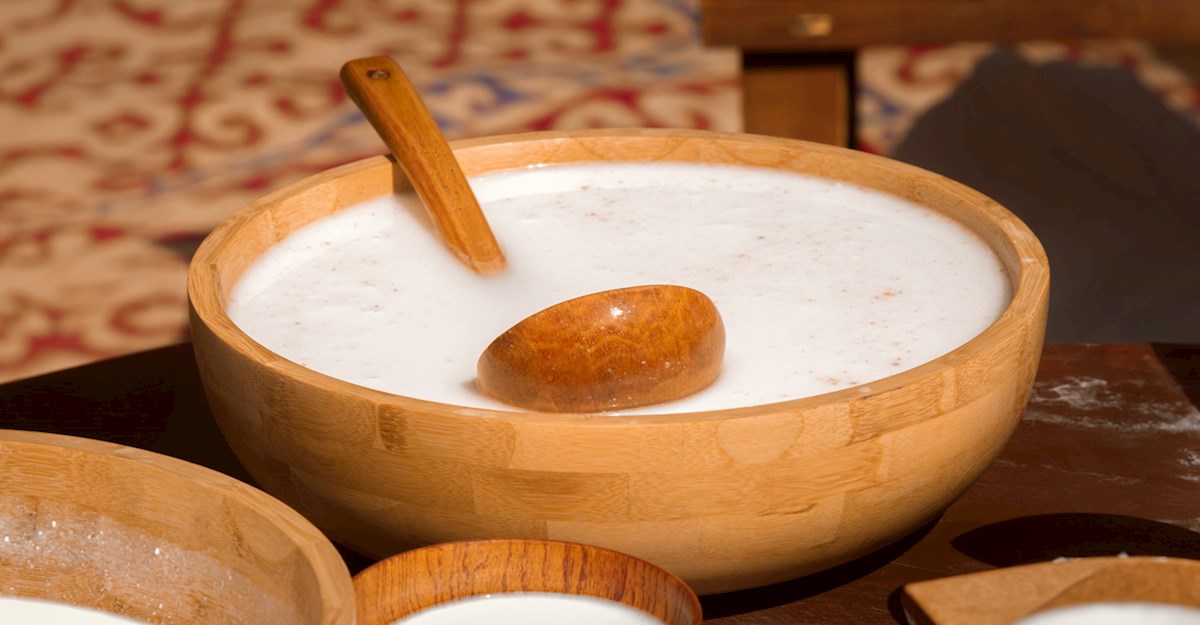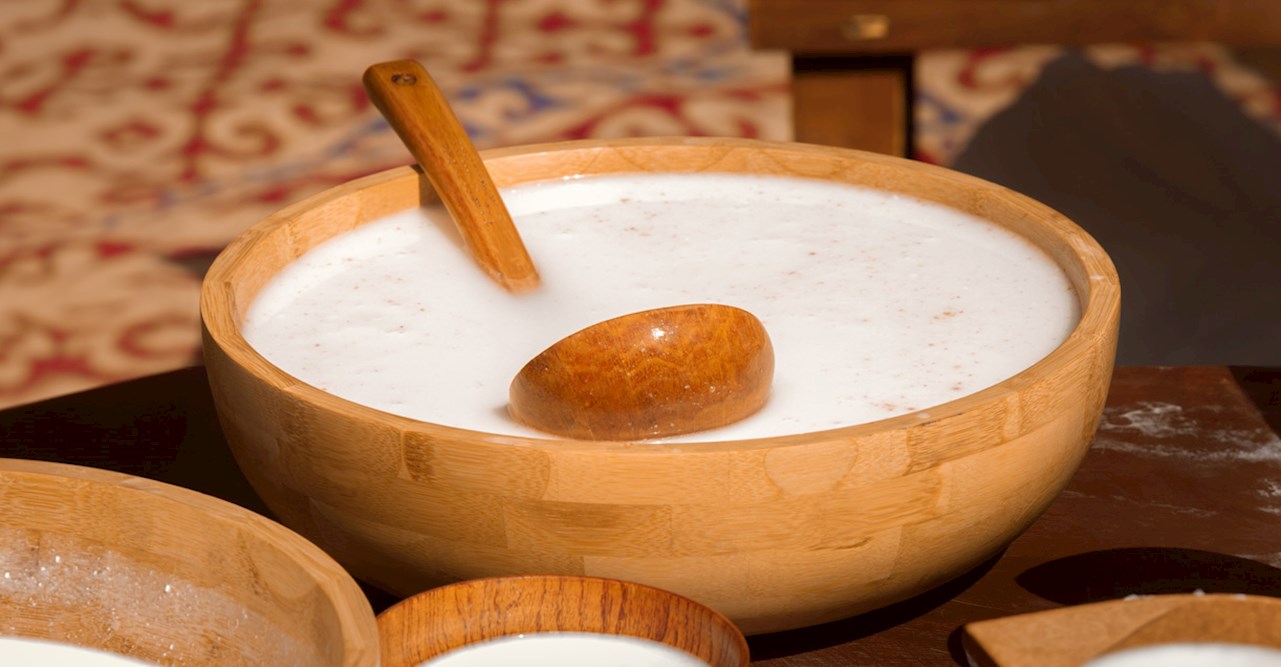In Saudi Arabia, camel milk (حليب الإبل) holds a special place, both culturally and nutritionally. For centuries, it has been a vital source of sustenance for Bedouin communities and desert-dwellers, symbolizing survival, endurance, and the intimate relationship between humans and camels in one of the world’s harshest environments. While today camel milk is recognized globally for its health benefits, its cultural significance in Saudi Arabia remains deeply intertwined with the country’s identity, heritage, and traditions.
A Lifeline in the Desert
For Bedouins, camel milk was often a lifesaving resource in the arid, unforgiving deserts of the Arabian Peninsula. Camels, known as the "ships of the desert," provided more than just transportation—they were a source of food, water, and materials. Their milk, rich in vitamins, minerals, and nutrients, was not only essential for survival but also highly valued for its ability to remain fresh longer in extreme desert conditions. Nomadic tribes relied on camel milk as their primary sustenance during long journeys across the desert, when other food sources were scarce.
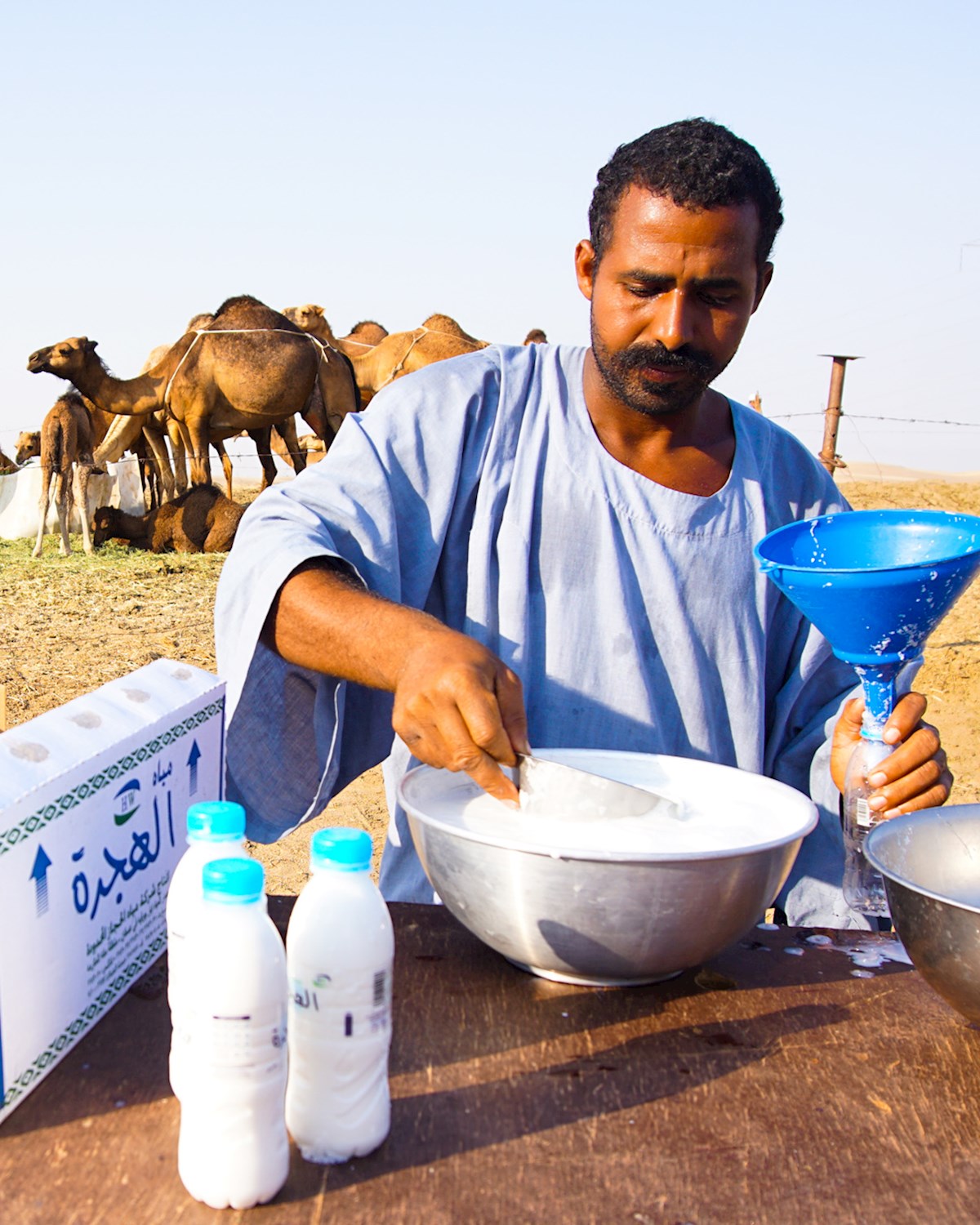 Credits: shutterstock
Credits: shutterstock
Cultural Significance and Tradition
In Islamic tradition, camels and their milk are mentioned as blessed animals, often regarded for their healing and sustaining qualities. Consuming camel milk is considered a continuation of the traditions of the Prophet Muhammad, further deepening its spiritual and cultural importance.
In Bedouin culture, camel milk represents hospitality and generosity. Visitors and guests were often welcomed with a fresh cup of camel milk as a sign of goodwill and respect. This practice continues in many parts of rural Saudi Arabia, where camel milk is still offered as a gesture of warmth and tradition.
Beyond its historical and religious connections, camel milk has become a symbol of resilience—a testament to the Bedouin ability to adapt and thrive in the face of adversity. It is not merely a food product but a reminder of the resourcefulness of desert peoples and the enduring bond between humans and camels in Saudi society.
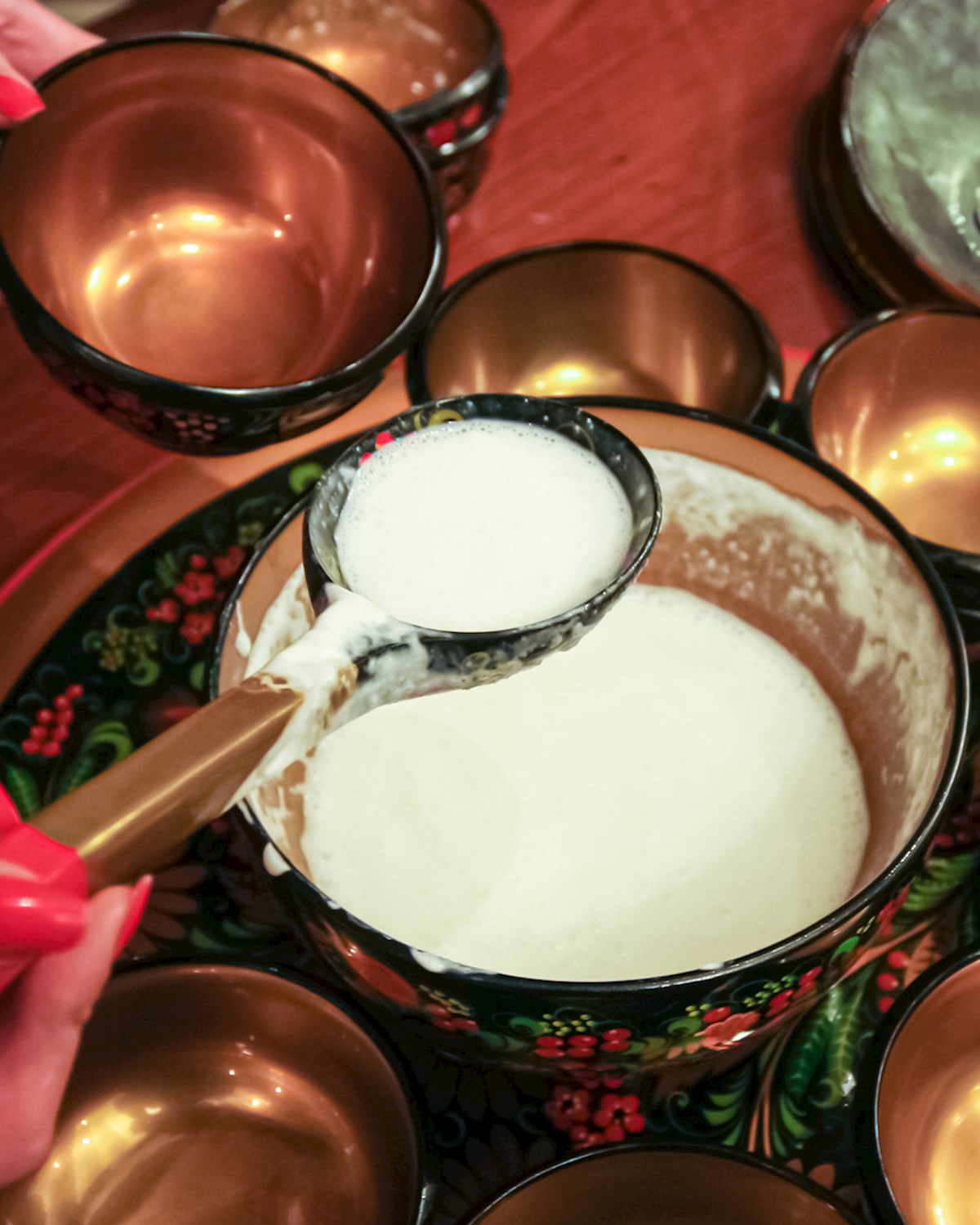
Camel Milk Today
Today, camel milk is celebrated not only for its cultural heritage but also for its nutritional benefits. Rich in vitamins C and B, calcium, iron, and proteins, camel milk is a natural powerhouse. It is lower in fat and lactose than cow’s milk, making it easier to digest and suitable for people with lactose intolerance. Additionally, camel milk is believed to have anti-inflammatory, antimicrobial, and immune-boosting properties, which have further increased its popularity, both in Saudi Arabia and internationally.
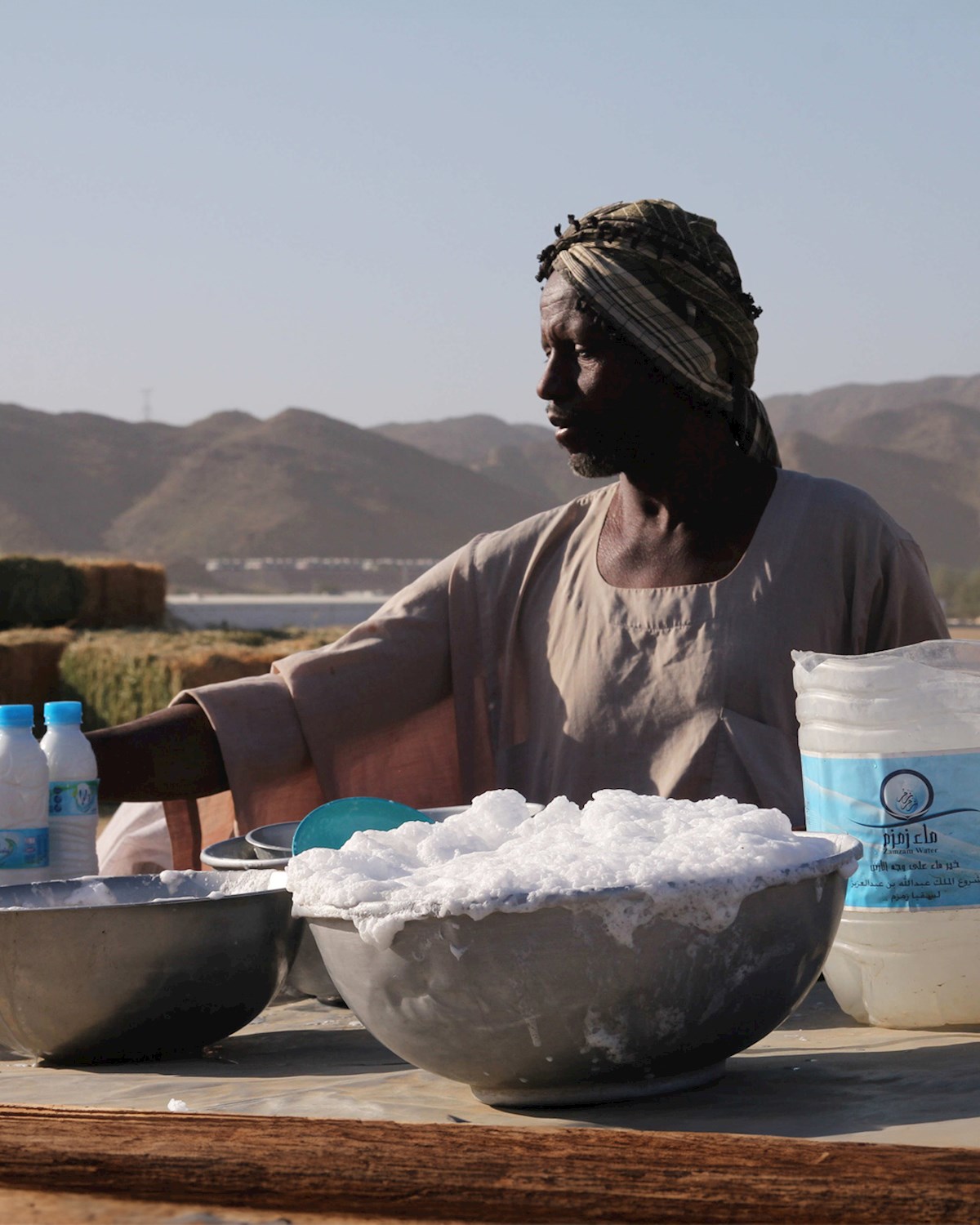 Credits: shutterstock
Credits: shutterstock
As Saudi Arabia modernizes, camel milk has maintained its place in the culinary landscape, with an expanding market that includes yogurts, cheeses, ice creams, and other dairy products. Specialized camel dairies have emerged, producing high-quality camel milk products for both local consumption and export.
